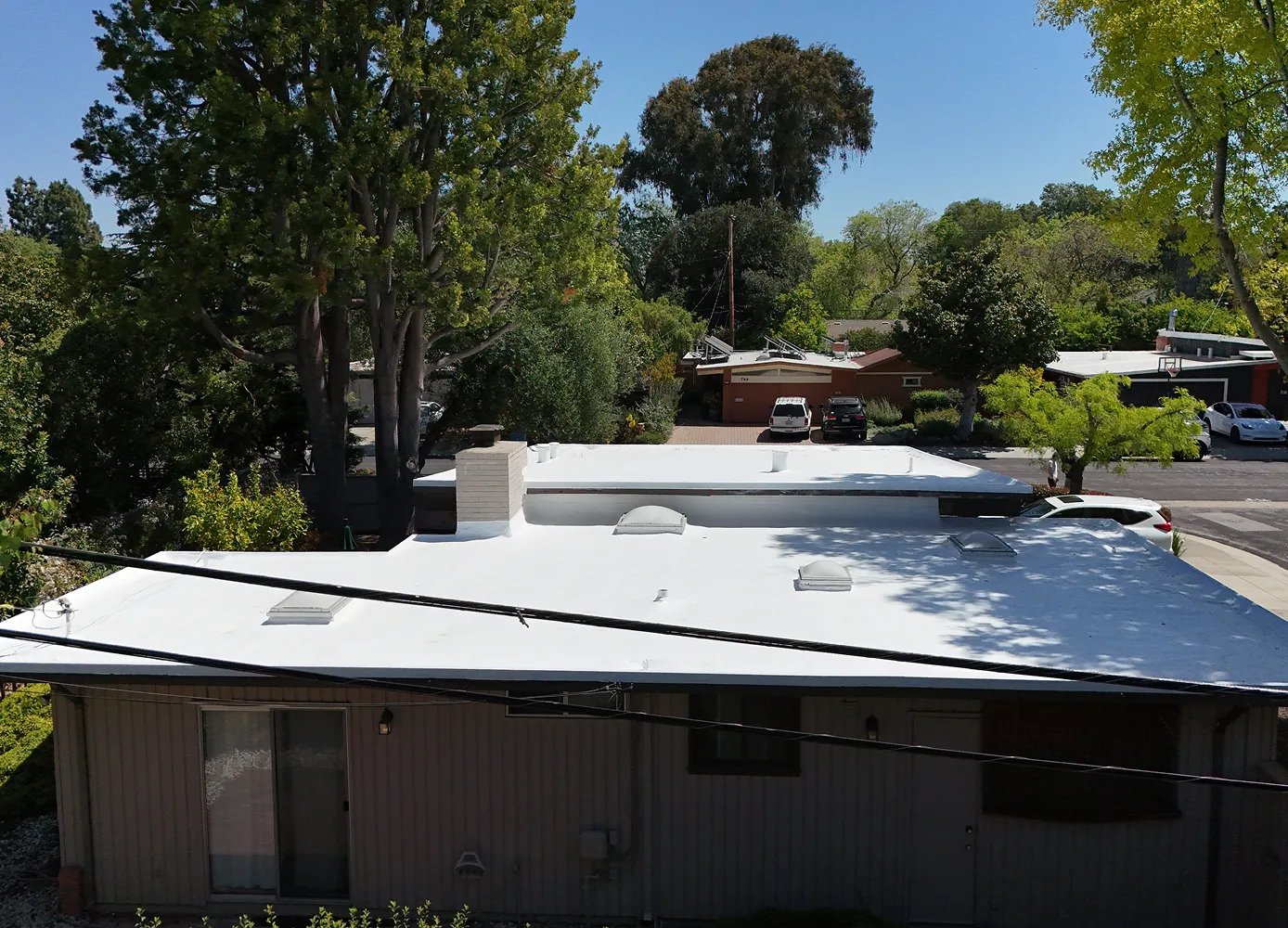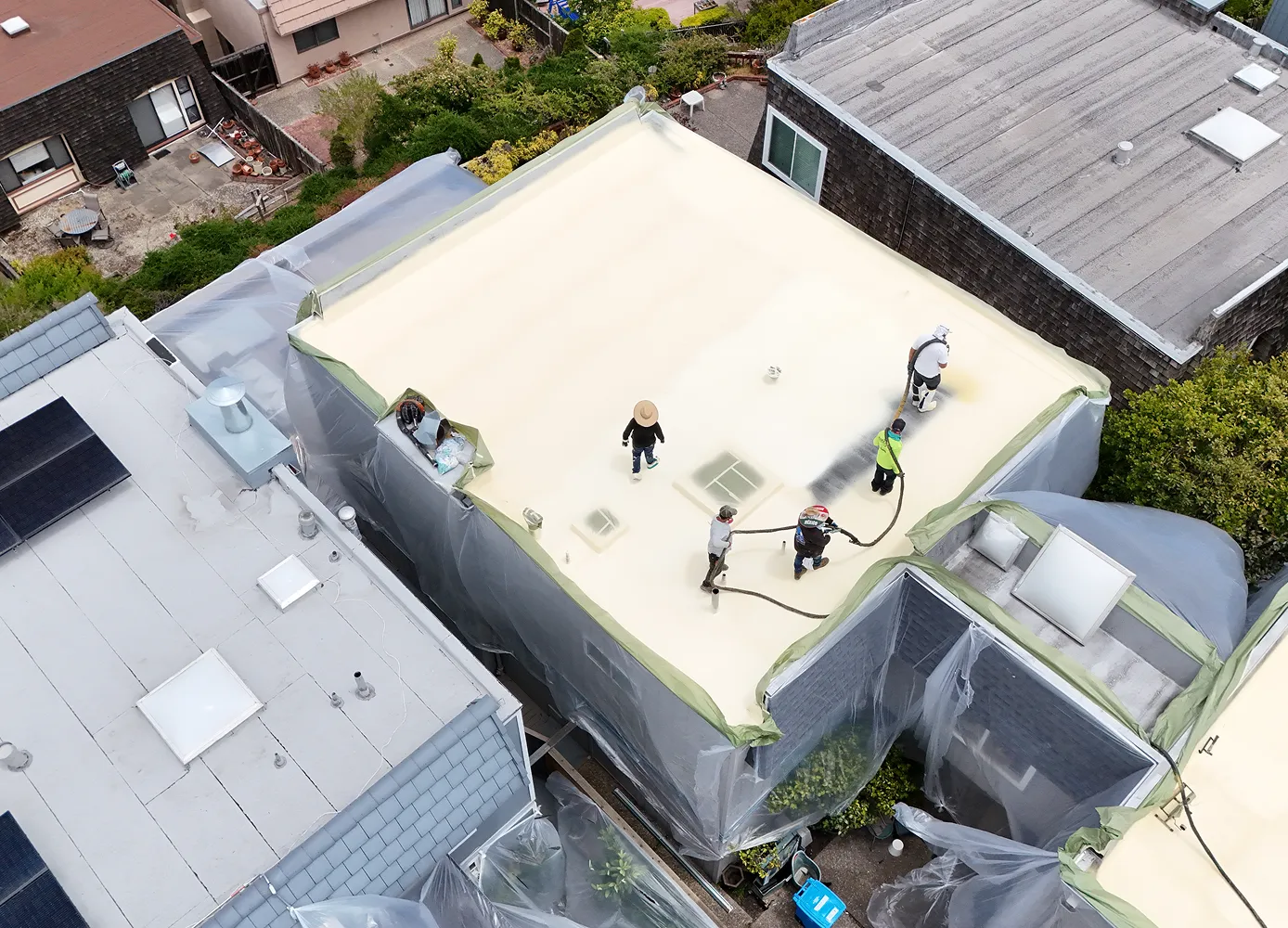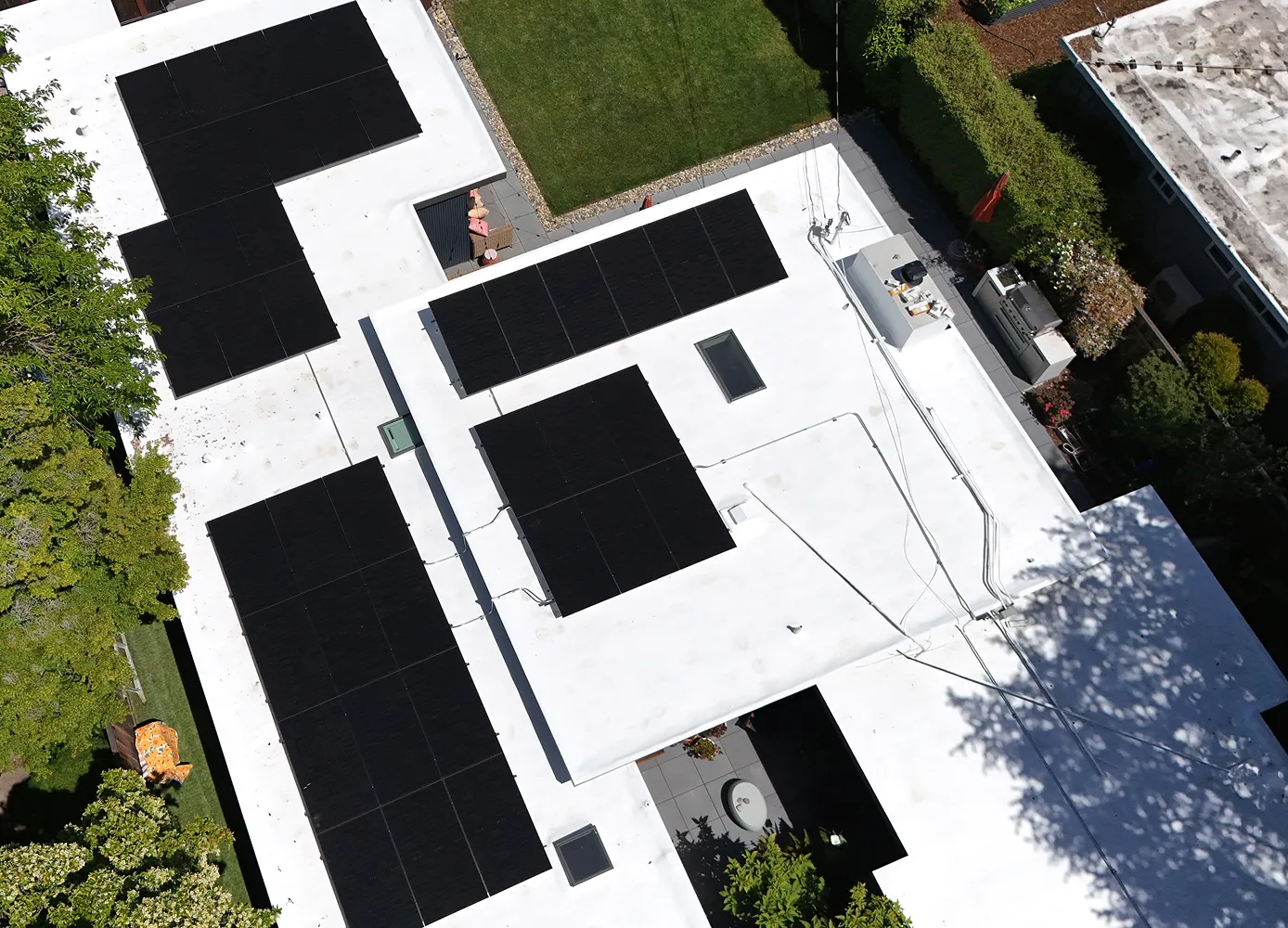⭐️⭐️⭐️⭐️⭐️
20,000+ Satisfied Customers & Over 30 years of Service
Trustindex verifies that the original source of the review is Google. We installed a solar system with batteries with Dura-Foam last year. The system is working fabulously – it went through a winter with several power outages, and we usually don’t even know we have an outage until PG&E informs us. What a relief. Dura-Foam’s owner Trevor Hill was responsive, open to new ideas & willing to work with new partners. We integrated a battery system from FranklinWH as well as a SPAN sub panel to maximize the use of the solar power we are producing. Dura-Foam worked with the FranklinWH rep Trevor Gould to design and install a robust system that is transparent, efficient and most of the time completely self-reliant. One glance now tells me how much I produce, what I use, and what I use it for. Franklin’s aGate & SPAN were just the combination for someone like me who really likes data. Trevor Hill was patient and willing to answer any questions during the installation, the plan set was comprehensive, the work his team did was excellent, and they met the occasional construction challenge with the willingness and expertise to make it right. Cooperation with FranklinWH was clearly excellent. And finally, Trevor Hill even put together a full package of cohesive documentation for the CPA to document everything for the tax credit. 5 stars all around for the entire team and the products that make up our wonderful system.Trustindex verifies that the original source of the review is Google. I had contacted Durafoam and talked to Trevor about some minor roof work earlier this year. He was very responsive and got that done quickly. We eventually had them resurface our 20+ year old foam roof in summer and they were able to fit us on short notice. Always cheerful, Ali was a pleasure to work with. He and his crew were hardworking, as well as meticulous, and took time to protect the fruit and vegetable plantings in my backyard. Anthony, who's in charge of ops, was here a couple times and helped us resolve some logistical issue on the project. We are very happy with the quality of the roof work. Ali's team was able to accommodate our schedule and completed the job just as house guests AND a heat wave were expected at the same time! Thanks to our newly resurfaced roof, our home, which has no AC, weathered several extended heat waves of 90-100+ F this summer comfortably. While foam roofs are not cheap, they sure make severely weather more bearable! I totally recommend Durafoam to anyone looking for a great foam roof contractor!Trustindex verifies that the original source of the review is Google. They know what they are doing. Would recommend to friends and Family.Trustindex verifies that the original source of the review is Google. We recently needed a roof inspection on short notice for insurance purposes. Trevor from Dura Foam followed up quickly to our call. He helped us out, and gave us the documentation we needed to avoid a bad situation. We really appreciate their great response and workmanship!Trustindex verifies that the original source of the review is Google. Dura-Foam Roofing & Solar Center were really easy to work with! I would definitely recommend them to anyone with roofing issues. They responded to my inquiry and were able to get someone out to look at our roof quickly. I'll definitely reach out again in the future if we have any other issues that come up!Trustindex verifies that the original source of the review is Google. Dura-Foam Roofing & Solar Center did a fantastic job repairing our foam roof after it was damaged by an enormous fallen tree. Lusio, David, and Emiliano each performed different parts of the complicated job. They were all very professional and cordial. The work was performed efficiently, neatly and on schedule. And Isaac, the office staff person who coordinated our job, was a pleasure to work with. We couldn't have been happier. I highly recommend this company!Trustindex verifies that the original source of the review is Google. A Bay Area treasure. Look at the pictures and you will see the people that you will be working with. They pose like a family and that is exactly how it feels to work with them. 9 years and 6 months after my roof and solar project was installed, I had an issue with my solar generation. I called Dura-Foam and was surprised that they remembered me, my home and the installation. Anthony and Lusio came out and quickly identified the issue. Hard working and professional, they took the time to double-check everything and allay my concerns. They stand behind their work and did not charge me for the service call even though it has almost been 10 years since the install. If you have a roof (especially an Eichler) you need to give these folks a call. Honest, courteous and professional Dura-Foam is the right call for roofing and solar.Trustindex verifies that the original source of the review is Google. We were very satisfied with the service. We found the workers were very cordial and we appreciate it!
Soybean usage now extends beyond food products and into the realm of construction. Many of us are asking whether the new Soy based foam roofing and insulation products are just hype or whether they truly can make a substantial environmental impact. I think everyone agrees that the Soy based foam is a move in the right direction, but just how far DID we move in that direction? Before we jump into the subject of comparing sprayed polyurethane foam to sprayed soy based foam we will first look at soy foam based memory mattresses.
The Soybean is a species of legume native to East Asia. The plant is classed as an oilseed rather than a pulse. It is an annual plant that has been used in China for 5,000 years to primarily add nitrogen into the soil as part of crop rotation. Could the ancient Chinese soybean be the future of foam roofing and insulation materials?
If you visit your local mattress store, chances are you’ll see lots of green eco-friendly labels on soy based foam products. What many of these labels wont tell you is that often these ‘green’ memory foam mattresses are only using 5% Soy in their foam. Unfortunately, 5% Soybean oil really will not make a substantial environmental impact. Not all the memory foam mattresses are hype though, there is one Italian manufacturer that is truly making a difference. Magniflex has created a truly eco friendly memory foam mattress with a whopping 50% eco-friendly castor oil and aloe-vera blend. Hopefully, regulators will step in and stop allowing manufacturers using less than 30% Soy or comparable ‘green’ blends from using ‘eco-friendly’ labels. Consumers will remain confused until manufacturers are required to label things more clearly.
The Soybean oil foam fad has also extended into the spray foam roofing and insulation industries as well. I honestly got excited when I heard about Soy based foam due to the positive environmental impact such a product could have. Of course, my next question was, just what percent Soy is in these new foam products? I looked at many web pages, and I noticed that the perfect Soybean oil used is conspicuously missing. Based on a little research, it appears a manufacturer called “BioBased Insulation” is the front-runner on soy based foam, so I decided to investigate their spec sheets and see for myself just how environmentally friendly their Soy based foam is.
This image is a screen-shot from this page:

The image above is straight from the BioBased Insulation official spec sheet. As you can see, the polyol blend is 30% of the weight and Hyrodxylated Soybean Oil is also 30% of the weight. Before we go further, its important to note that foam is divided into two components, generically called “Component A” and “Component B”. Foam is pumped through a heated hose as two separate components, then combined at the last moment by a spray-gun as it is applied to a substrate (such as a roof, or wall). The heated foam rises almost instantly and hardens enough to allow foot traffic within about one minute. It’s important to note that Components A and B are always mixed at a 1:1 or 50:50 ratio.
For Soy based Foam, there’s no substantial changes to Component A, the ‘agitator’ which causes a reaction in Component B which results in millions of tiny closed cells. The air trapped in these cells give foam its exceptional insulation qualities and makes it an inherently waterproof product as well (which make it ideal for both roofing and insulation applications). In other words, only component B was substantially changed with Soy foam, so the numbers in the image above combined, only represent about 50% of the resulting foam product.
On the image you may observe that “Hyrodxylated Soybean Oil” is 30% of component B, and in fact, just 15% of the completed foam blend (component A will dilute the mixture to a 50/50 ratio). You may also observe that 15% of the final mixture will be polyol blend. So, this new ‘soy based’ foam is not completely soybean oil based foam, it still has substantial levels of polyols.
Although 15% Soybean Oil is more environmentally friendly that the 100% polyurethane foam mixtures it may be hard to argue you’re making a dramatic environmental impact. Polyurethane foam is already a green product in many respects, so touting the use of Soy based foam is tantamount to claiming the status as the ‘greenest of the green’. The real question perhaps is whether or not being just a little bit more green is worth digging a bit deeper into your pocketbook. Aside from this as well, the soy based foams are newer, and somewhat untested in contrast to polyurethane foam which has been around for over 50 years. Even though the soy based foam meets present standards there’s always that small chance this new product may have a weakness which will only be exposed after many years of use.
Overall, it is wonderful that Soy based (using the word ‘based’ loosely) foam is now a reality, and that there are new ways we can all be just a little bit more green. For some of us though, a more expensive, unproven product may not be a risk we are willing to take. Once Soy foams are available which have 30% to 50% Soybean Oil content, we may need to revisit this subject. For now, with just 15% Soy in the foam, and 85% of the product remaining the same, the latest developments may be just a bit more hype than substance.
These examples highlight why foam roofing is not just an alternative but the preferred solution for businesses looking for unmatched durability, energy efficiency, and cost savings.



Trusted roofing and solar solutions built for strength, efficiency, and long-term protection tailored to your home’s needs.
Get important tips on keeping your roof efficient and safe in the Bay Area!
© 2025 All Rights Reserved Dura-Foam